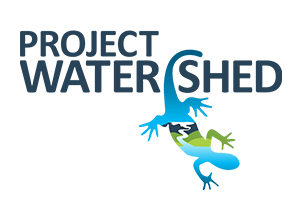Learn more about our Groundbreaking
International Blue Carbon Initiative
Blue Carbon Pilot Project
What is Blue Carbon?
Our Initative
Fact Sheets and Reports
Blue Carbon Fact Sheet
Final Report to NAPECA
Blue Carbon Sequestration Thesis
Sea Grass DNA Diagnostic
Project Watershed Continues Restoration Work Along Mallard Creek
Back in February, Project Watershed and volunteers from Aecon Water Infrastructure Inc. planted over 100 native species along a section of Mallard Creek.
Creating Habitat Connectivity
Comox Valley Project Watershed is focusing on the restoration of three marine habitats – kelp, eelgrass and saltmarsh – to facilitate connectivity between the subtidal, intertidal and foreshore zones in the estuary.
Restoring Kelp Forest Habitat
Comox Valley Project Watershed Society is working with partners to restore kelp forests using two methods: planting seeded kelp lines and reducing grazing pressure by sea urchins.
Kelp Forests
A kelp forest is a type of nearshore vegetative habitat, found along rocky coasts with wave action or strong currents in depths of 4 to 20 metres.
Sea Grass DNA Diagnostic
A DNA Diagnostic Approach for Following Sea Grass;
Carbon Distribution in the K’ómoks Estuary and Key New Observations.

